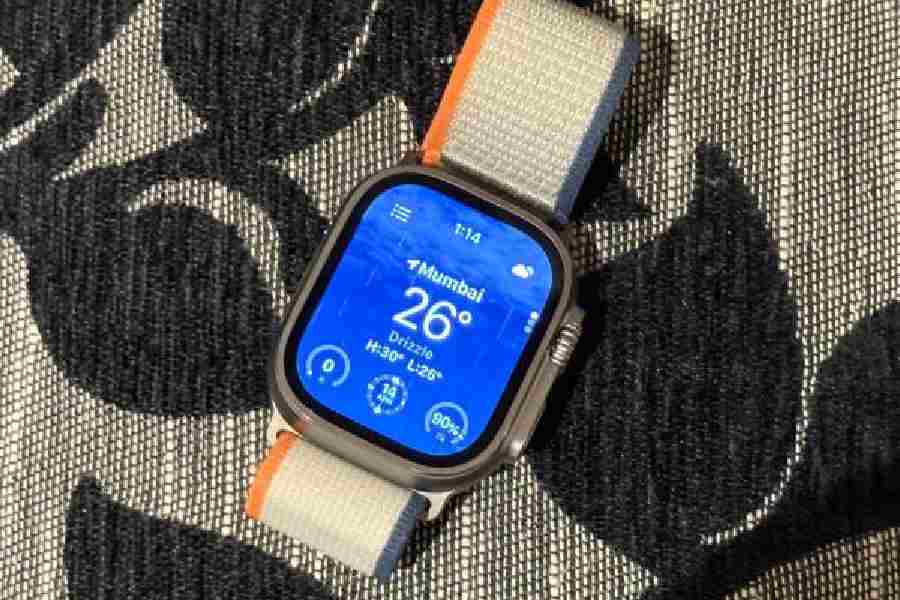The last few years I have become more dependent on the Apple Watch than ever before because of two reasons. First, I am not getting younger, so the old ticker needs to be kept an eye on. Second, closing rings has become a motivating factor. Today is World Heart Day and the World Heart Federation obviously wants people to take good care. And this is where the Apple Watch comes in. Ever since Apple Watch Series 4 included a more advanced heart-monitoring technology called electrocardiogram, things have only got better on the most popular smartwatch. Over the years I have interacted with people whose family members have been alerted by the Apple Watch of potential signs of atrial fibrillation (AFib). We are currently in Apple Watch Series 9 and things keep getting better.
Here are five ways the Apple Watch helps users to keep an eye on the heart. Remember, the Apple Watch only points you in the right direction when there is an unusual reading.
High and low heart rate notifications
Unusually high or low heart rates in the background could be signs of a serious underlying condition and the Apple Watch keeps track of the situation. It helps users identify situations that may want you to visit the doctor. If a user’s heart rate is above 120 bpm or below 40 bpm while they appear to have been inactive for 10 minutes, a notification is sent. You can set the threshold bpm or turn these notifications on or off.
Irregular rhythm notifications
An extremely useful feature on the Apple Watch, which occasionally looks at your heartbeat to check for an irregular rhythm that might be suggestive of atrial fibrillation (AFib). AFib is a type of irregular heart rhythm where the upper chambers of the heart beat out of sync with the lower chambers. Some individuals with AFib don’t experience any symptoms. Others experience symptoms that could include rapid heartbeat, palpitations, fatigue, or shortness of breath.
ECG app
The ECG app has helped a lot of people. Users who experience symptoms, such as rapid or skipped heartbeat, can capture an ECG and record their symptoms. It uses the electrical heart sensor built into the Digital Crown and the back crystal to record a single-lead ECG. The ECG app then provides a result of sinus rhythm, atrial fibrillation, atrial fibrillation with high heart rate, inconclusive, or poor recording, and prompts the user to enter any symptoms such as rapid or pounding heartbeat, dizziness, or fatigue. You can later export the recordings from the Health app as a PDF to share with a clinician.
Cardio Fitness
It’s an estimate of VO2 Max, or your body’s ability to intake oxygen during exercise. Earlier, it was typically only measured for endurance athletes. These tests are typically done in clinic and can be quite intense for the average person. Heart health experts recognise VO2 Max as a powerful predictor of overall health. Users can even opt in to receive a notification if their classification drops to ‘low’, which is associated with risks of serious long-term health conditions.
Afib History
It gives you an estimate of the amount to time your heart shows signs of AFib. Research has shown the amount of time spent in AFib can relate to severity of symptoms, quality of life issues and risk of complications. AFib History also allows users to track specific life factors like sleep, exercise and weight, which may influence the amount of time spent AFib.










